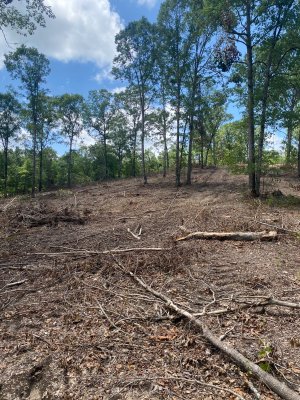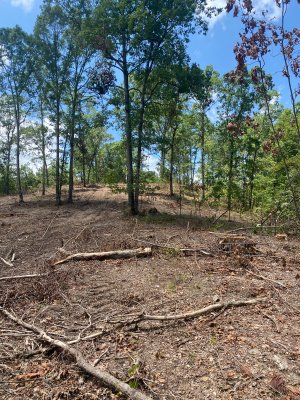FinSpur
Yearling... With promise
That’s a good read. I put in the contract that slash was to be spread out and not piled, but the loggers have also done a good job of making long narrow piles 3-4’ tall at the heads/edges of the ravines to help contain some of the soil. It is really amazing how much it has transformed the property already. It has accentuated the funnels that are already present in the topography.Creating Brush Piles for Quail
quailforever.org
I’m looking forward to seeing what’s in the seed bank over the next few years. I know there will be a bunch of annuals the first year, but I’m really curious if any native open woodland/savanna species are present.




